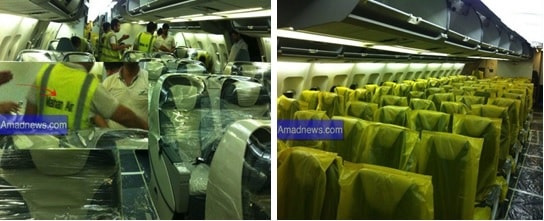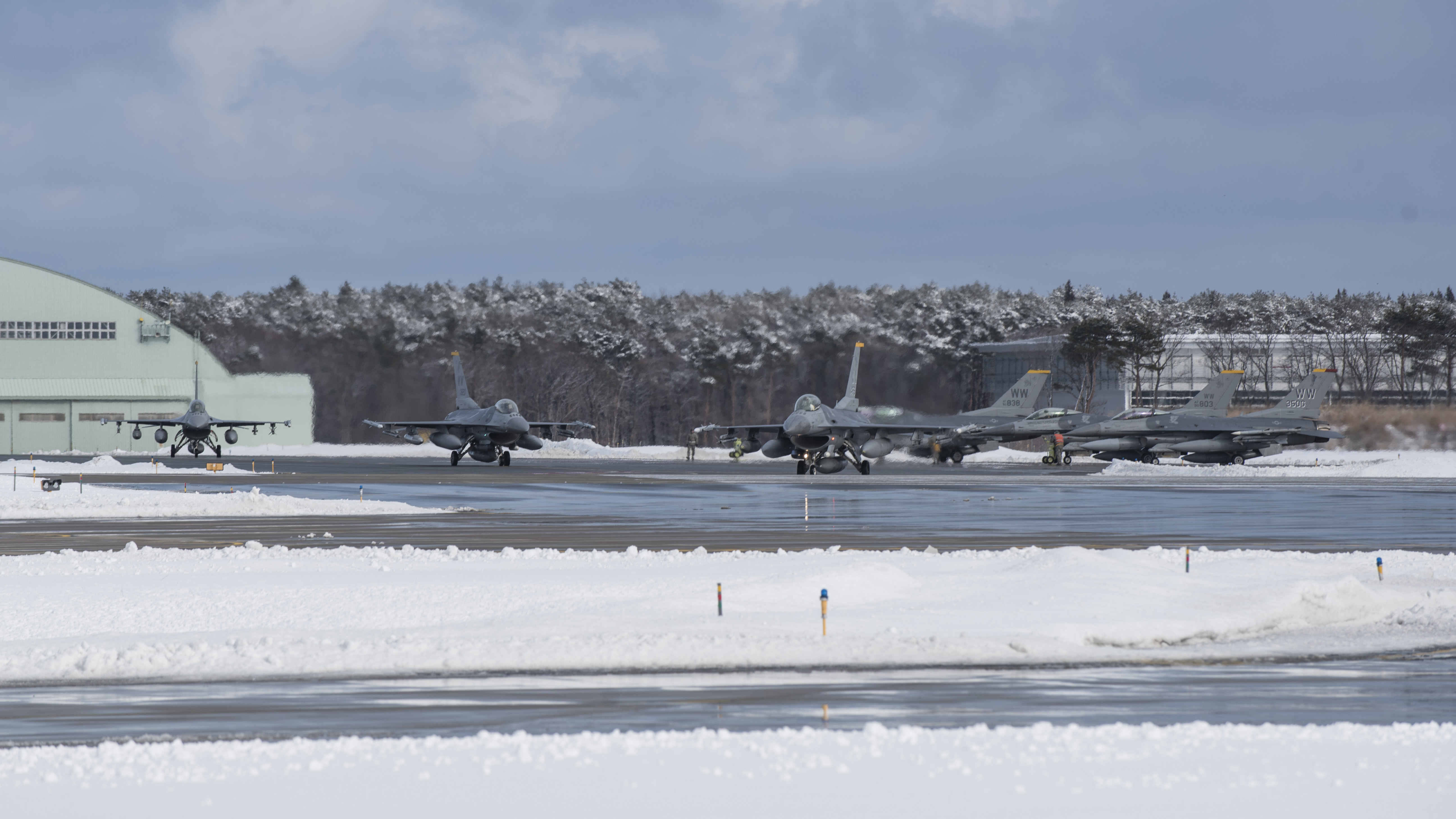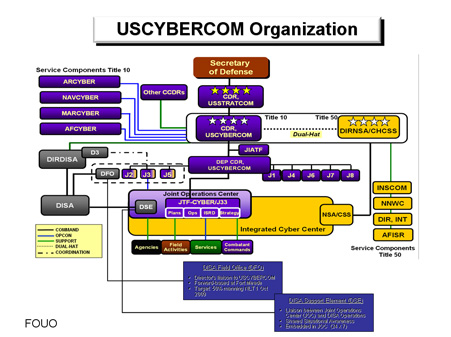WASHINGTON: Scotland Yard and the Federal Bureau of Investigation are investigating more than a hundred bomb threats made to Jewish groups in the United States and Britain since Jan. 7, U.S. and UK law enforcement and Jewish community officials said.
Investigators said there is evidence that some of the U.S. and British bomb threats are linked. According to people in both countries who have listened to recordings of the threats, most of the them have been made over the telephone by men and women with American accents whose voices are distorted by electronic scramblers.
Waves of threats against U.S. Jewish groups – including community centres, schools, and offices of national organizations such as the Anti-Defamation League (ADL) civil rights group – have been followed within hours by similar but smaller waves against Jewish organizations, mainly schools, in Britain, Jewish community representatives in both countries said.
FBI officials in Washington confirmed that the agency is investigating the threats against U.S. Jewish organizations. Sources in Britain’s Jewish community said London’s Metropolitan Police, otherwise known as Scotland Yard, is conducting its own investigation and collaborating with the FBI.
Scotland Yard did not immediately respond to an email requesting comment.
Some of the most recent threats were called in Tuesday to ADL offices in Atlanta, Boston, New York, and Washington. White House spokesman Sean Spicer said President Donald Trump’s administration would “continue to condemn them and look at ways to stop them.”
NO BOMBS FOUND
The threats, 140 of them in the United States alone, according to Jewish community leaders, usually have involved callers claiming that improvised explosive devices have been placed outside the buildings that have been threatened.
However, no homemade bombs have been found outside any of the threatened premises in either the United States or the UK, community officials said.
Earlier this month, all 100 U.S. senators signed a letter to Homeland Security Secretary John Kelly, Attorney General Jeff Sessions and FBI Director James Comey expressing concern that the wave of threats will put innocent people at risk and threaten the finances of Jewish institutions.
Federal prosecutors in Manhattan filed charges against Juan Thompson, a former writer for the investigative website The Intercept, earlier this month alleging that he was responsible for at least eight threats emailed to Jewish community centres as “part of a sustained campaign to harass and intimidate” a woman with whom he had a romantic relationship.
The Intercept, a news website, had fired Thompson months earlier for allegedly fabricating quotes.
Jewish community officials in the United States and Britain said they think the threats that investigators linked to Thompson were not related to the larger campaign against Jewish organizations in their countries.
*** Did some of it begin with the money Obama gave to the Palestinian Authority? This is not confirmed by a long stretch yet it must be part of the discussion. Was this another set-up plot by the previous administration?
***
State Department: Obama money reached Palestinian Authority
State Department confirms that millions which Obama earmarked for PA reached its destination, despite Republican efforts to the contrary
One of the first decisions the Trump government took after becoming President was to freeze $220.3 million that his predecessor President Obama earmarked for the PA just before he left the White House.
However, the State Department has confirmed that Obama’s money has reached its destination. Acting State Department spokesman Mark Toner said last night (Wednesday) in a press briefing that the money was mostly for humanitarian purposes in the Palestinian Authority and Gaza, and in part used to pay Israeli creditors of the PA.
“None of the funding was to go directly to the Palestinian Authority,” stressed Toner in response to questions on the subject.
At the same time, Toner criticized the conduct of UNRWA: “UNRWA is obviously something where …we’ve been very vocal about our concerns given some of the allegations … some of UNRWA’s programs and how it’s spent or used some of its funding…we certainly made those concerns clear to UNRWA’s leadership.”
The disbursal was one of President Obama’s last acts in the White House, and it was approved just hours before the exchange of Presidents.
Congress authorized the transfer amount to the PA, but at least two Republican lawmakers acted to prevent the fund transfer, due to PA actions attempting to join UN organizations as a sovereign entity.
State Department officials said they decided to delay executing the transfer until the new Secretary of State entered office – and it was assured that any funds transfer was consistent with the priorities of the Trump government.
As of now, at least according to Toner’s testimony, the frozen money ultimately was transferred to the PA.
*** It is curious that the Palestinian Authority has 20 embassies including one in Washington DC. and they needed the money. Mahmood Abbas is worth an estimated $100 million and his sons are also millionaires. Meanwhile, the PA continues to provide aid and support to terrorists.
Palestinian Authority President Mahmoud Abbas vowed to “make every effort to end the suffering of our heroic brothers and release them from the occupation’s prisons so they can take part in building the homeland for which they sacrificed,” the Middle East Media Research Institute (MEMRI) reported on Wednesday.
***
A new Palestine Liberation Organization (PLO) youth camp will be named after the terrorist who orchestrated the deadliest attack ever carried out in Israel.
The PLO’s Supreme Council for Youth and Sports announced it will honor Dalal Mughrabi, the female Palestinian behind the bloody March 11, 1978 Coastal Road Massacre, in which terrorists hijacked a bus on the highway near Tel Aviv and embarked on a rampage with Kalashnikov rifles, mortars, grenades and explosives. Thirty-eight Israeli civilians were murdered, including 13 children, and 71 others were wounded.
Kinda all fits, or at least the discussion needs to continue as do the investigations.









 US SOF base at cement plant between Manbij, Raqqa.
US SOF base at cement plant between Manbij, Raqqa.